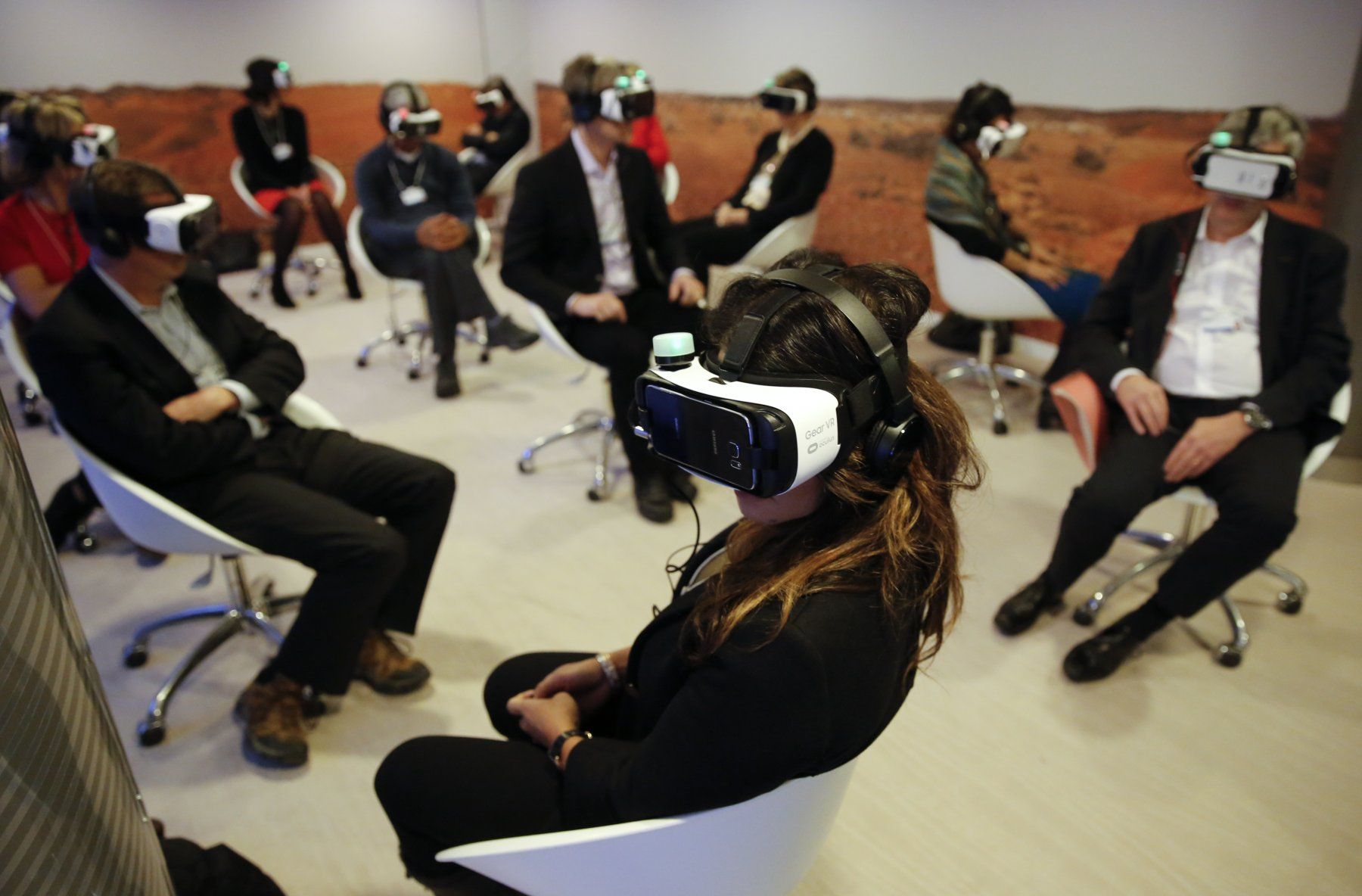“You can take any anatomical part and show any of it. You can move it around you can make it kind of translucent so you can see through the outside”




https://www.youtube.com/watch?v=tjoe3LrkiIk
Microsoft’s amazing HoloLens is the world’s first stand-alone headset that lets users see virtual objects and environments as if they existed in the real world. This device’s entertainment potential is practically unlimited, but as a Hackathon team recently demonstrated, it can also be used to rewire a malfunctioning brain.
A Microsoft employee suffering from myoclonus-dystonia —a condition where the misfiring of the brain causes uncontrollable muscle spasms—discovered that she could regain control during a spasm by looking at her partner’s feet rather than her own. And that’s how she got her great idea: Why not use the HoloLens to retrain the brain and get it to act differently? To that end, she recruited the Microsoft Hackathon team to put the idea to the test.

Hyperloop Transportation Technologies (HTT) announced today that it will build an “innovation train” for Germany’s Deutsche Bahn, the largest railway operator in Europe. The train will not be a super-fast hyperloop, in which pods are propelled through aluminum tubes at speeds of up to 760 mph, but a conventional train that includes some of the futuristic technologies the startup has been showcasing at tech conferences around the world.
As a startup that relies on crowdsourcing and volunteer engineers, the collaboration with Deutsche Bahn may allow HTT to start generating revenue while it works toward the larger goal of building passenger-ready hyperloop systems. Indeed, HTT’s CEO Dirk Ahlborn said in a statement that the partnership will help create “new monetization strategies and business models” for his company.
Some of the features that HTT hopes to build into Deutsche Bahn’s innovation train include “augmented reality windows and a digital ecosystem.” HTT is working with a Munich-based company called Re’Flekt, which specializes in virtual and augmented reality. According to designs released by HTT, interactive panels that display the time, weather, and route could be projected onto the train’s windows. Motion-capture technology could adjust the image depending on where the passenger is looking.

While the virtual reality headsets like the HTC Vive and Oculus Rift are quite impressive already, there is no doubt that the technology will be developing rapidly, becoming more immersive, lighter, and less intrusive. Leap Motion, a company known for their motion tracking software and cameras has close ties with many of the larger VR manufacturers, and this last week the company’s CTO David Holz spoke a bit about his vision for future VR/AR headsets, based on some of the discussions he’s had with various big-name manufacturers. While Leap Motion likely won’t be producing hardware for these future headsets, it is very possible that their software could play an integral part in future generations VR and AR products.
Holz discussed some of the technology that may be found in third generation headsets of the future, and while he didn’t say when such technology would be available, my guess is perhaps 5–7 years. These third generation headsets will likely be transparent, look a lot like a pair of sunglasses, be extremely light weight and rely on Holographic OLED displays which will be able to switch between both AR(transparent) and VR(opaque) capabilities.
“They’re slightly funny-colored,” he said as he described these future headsets. “But they’re pretty reasonable, something that I might wear all day, all the time. And that’s something that, to me personally, is the most exciting. That’s getting into the age of AR… I’m seeing lots of things ahead of everybody. Behind the scenes, these things are starting to appear more and more.”

Maybe time to create “Fashion’s Tech Golden Rules”.
Mistakes You Cannot Make.
The beginning of 2015 has found the smart sensors ecosystem at the top of its hype, with experts claiming that wearable technology is the driving force behind profound transformations across industries, and the secret ingredient to a new paradigm in fashion.
The predicted developments covered the automatisation of the manufacturing, the use of augmented reality in fashion marketing, the rise of fashion technology and the inevitable reinvention of the garments in a complete disruption of the fashion industry.



